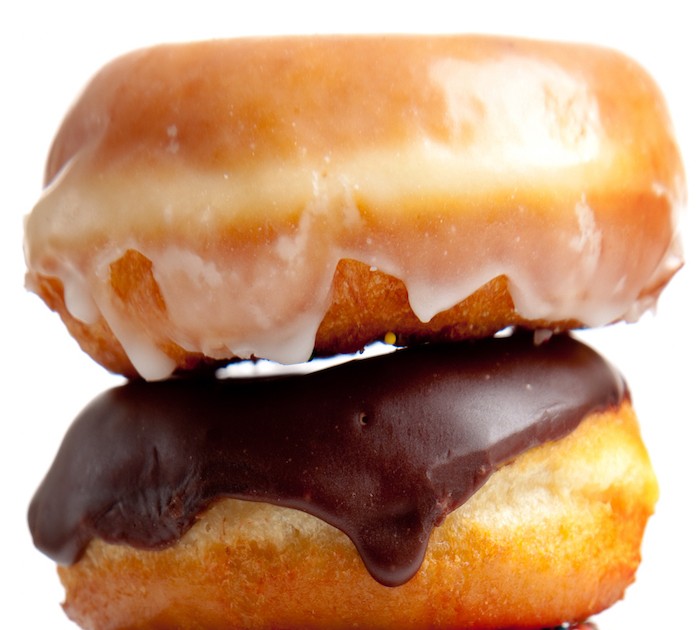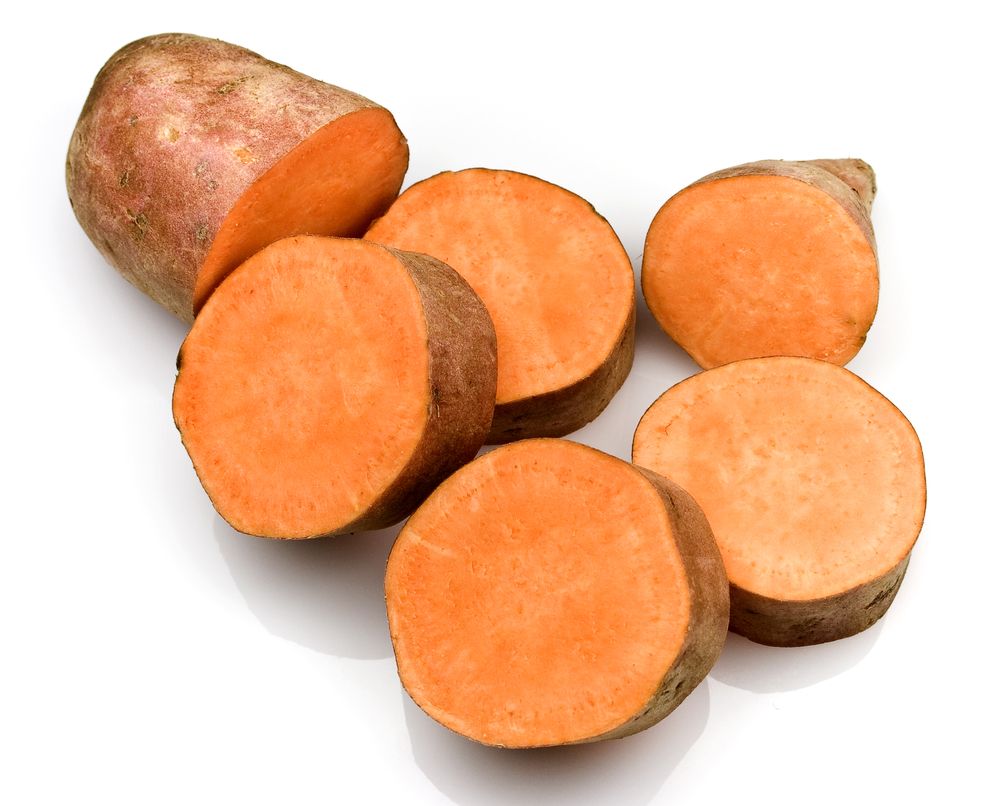
Confused About Carbs? Let's Break It Down...
By: Kelsey Heenan, HIITBURN
________________

Author: Kelsey Heenan
Are you confused about carbs and where they should fit into your diet? You aren't alone. Carbohydrates are one of the most asked questions I get on a daily basis. And...
With all the talk about Carbs, it can be incredibly confusing to understand where they should fit into your diet. However, we are here to simplify things for you and show you the way.
First, let's start with a simple question (and this is incredibly important):
What is your goal?
It is very important that you first define what your goal is, because depending on your goal will determine where carbs best fit into your diet. And don't worry, no matter what your goal is, you can (and should) eat carbs. Low and no carb diets are NOT something we recommend.
So, before we move on, is your goal to...
1) Lose weight...
2) Lose a little bit of weight, and get more lean and toned...
3) Maintain my current weight and get more lean and toned...
Now depending on your answer, will determine the where carbs fit into your diet. To get a full understanding, take the next 30-seconds and take our short quiz found HERE and we will show you exactly how many carbs you should have in order to reach your goal. Then come back and finish the rest of the article...
Now that we've defined the best way to include carbs into your diet based on YOUR goals, let's move on to the KINDS of carbs you should focus on.
Understanding the different kinds of carbs is very important to understand and it's where many people get confused. That's why I'd like to break down the different carb sources a little bit more to give you a better understanding of how to eat them.
Understanding Your Carbohydrates...
There are three different kinds of carbohydrate sources that I want to quickly go over. Each of these causes the body to respond differently, so it is important you understand the difference between the three:
Simple Carbs:


Simple forms of carbohydrates get digested very quickly and rush through our bodies at rapid speeds. They contain very little essential vitamins and minerals, and most simple carbohydrates contain refined sugars!
They will give the body a near immediate boost of energy, but will always follow with a big energy crash. Examples are fruit juices, sports drinks, sodas, candy, sugar, and more.
It's best to avoid simple carbohydrates as much as possible. That said, we all love a little treat now and again.
And that's when the 80/20 rule comes in. 80% of the time, focus on getting good sources of carbs (see below) and the other 20% of the time, feel free to treat yourself.
Complex Carbs:


Complex carbohydrates take the body longer to digest, providing you with longer lasting energy than simple carbs. Some examples include sweet potatoes, yams, beans, potatoes, oatmeal, rice, and fruits.
Depending on your goals and results from the quiz, will determine how many complex carbs you should be eating, and WHEN you should be eating them...
We've found that the best way to include complex carbs into your diet is through Carb Cycling. That means you'll have more complex carbs on certain days throughout the week. It works extremely well and is very simple to follow (be sure to take the quiz as we will show you exactly where to include complex carbs throughout the week)
Fibrous Carbohydrates:


Fibrous carbohydrates leave your feeling more full and results in longer lasting energy. This kind of carbohydrate has very little affect on blood sugar levels, so you will not have an energy crash when eating them.
These are packed with great vitamins and minerals that our bodies use and need. Fibrous carbohydrates include broccoli, asparagus, brussle sprouts, onions, mushrooms, cauliflower, and other green leafy vegetables.
You should eat LOTS of fibrous carbohydrates and try to include them with each meal. They are full of great nutrients and have incredible fat burning properties.
What About The Amount Of Carbs To Eat?
This is a question we get quite often, and one that is important to cover. Inside all our Carb Cycling Programs, we do NOT require counting calories or counting macros. Rather, we teach you how to eat for YOUR body in order to function and perform it's best. That said...
Let's go over a few basics for both lower and higher carb days...
Lower Carb Days:
Lower carb days are simple. We recommend getting the majority of your carbs from veggies and some fruits. However, feel free to throw in some complex carbs as needed, preferably eaten post workout. Remember, listen to your body...
Higher Carb Days:
For higher carb days, once again it's very simple: add a complex carb (like potatoes, oats, rice, beans, etc.) to each one of your meals. So have some oatmeal with breakfast, a potato or two at lunch, and some white rice with dinner. Then have a few pieces of fruit as a snack throughout the day.
As you can see, it's very simple to follow. And if ANY of this sounds confusing, we want you to know that Carb Cycling one of the most simple nutrition approaches around, especially with how we teach it (we do NOT count calories or weigh food).
The biggest thing to be sure of is that you are following the Carb Cycle that is best for YOUR body and goals by taking our short Carb Cycling Quiz on the next page...
We hope you found this helpful. Make sure you take the next step and take our short quiz below so that you can start getting your best results while including your favorite carbs every week!
